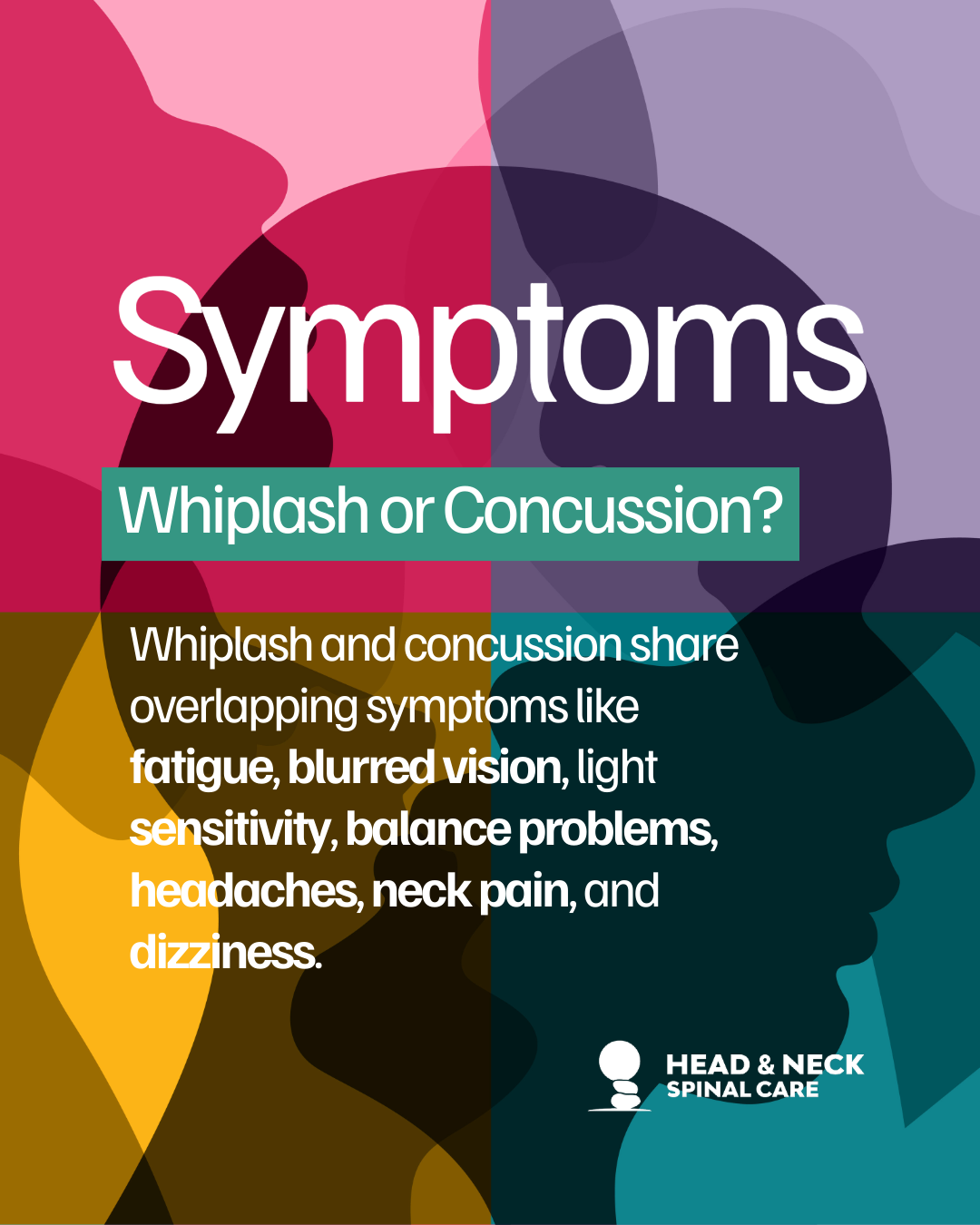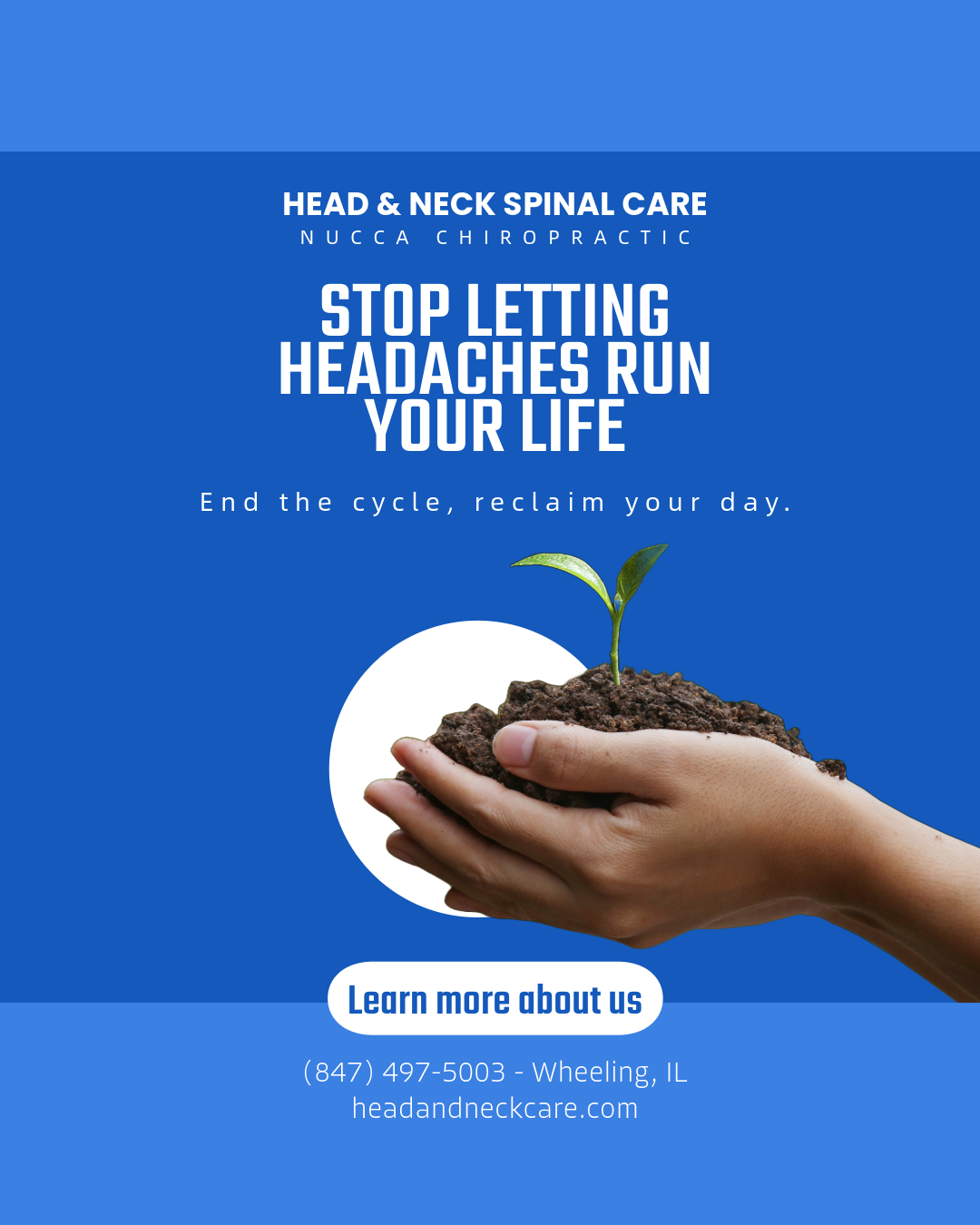Low back injuries can vary depending on the specific circumstances and mechanisms involved. However, there are certain positions known to cause the low back spine more vulnerable to injury. It’s important to note that this can be influenced by factors such as an individual’s overall health, flexibility, and prior history of back issues. Repetitive injuries often lead to chronic problems. It’d be wise to proactively prevent spinal injuries in the first place.
I recommend avoiding the “forward bending with twisting” motion at all times.
Why is forward bending with twisting a problem?
One reason why forward bending can often cause problems in the lower back is due to tight hips. When people bend forward to pick up a pencil off the ground, many people tend to round their back instead of hinging the hip joints due to tight hip muscles. The pressure in the discs goes up when one edge of the spine becomes compressed.
Though the spinal discs are well protected by the ligaments when we bend forward or backward, they don’t protect the discs from shearing and compressive forces, which are from rotatory movement. That’s why the spinal structure becomes vulnerable when twisting motion is added to the equation.
The purpose of the discs is to create and keep spaces to allow those nerves to run through. They allow movements for each spinal level to distribute the stress across the spine. When the ligament that protects the disc is damaged, the gel-like fluids can bulge or rupture, often to a one side. The reason it damages the side is because the longitudinal ligament that protects the cord is pretty strong. In this case, the nerve roots can become compressed and cause nerve pain.
What happens if I experience low back injury?
When someone experiences a low back injury, the body is likely to experience a mechanism called “muscle guarding.” The human body is very intelligent, and it wants to protect the spinal joints from further damage and guard them. Even if the discs are not ruptured or partially intact, the muscle guarding can mimic nerve pain.
Whether or not the discs are bulged or ruptured, the body requires time to heal. Low back injuries are often mechanical in nature, maintaining proper posture is the absolute necessity for proper healing.




